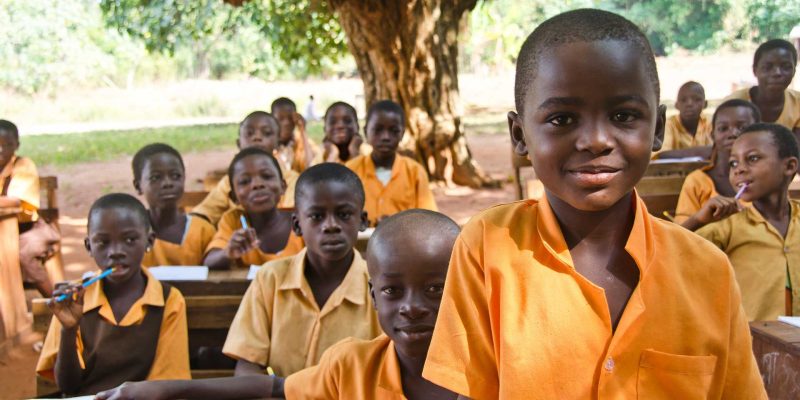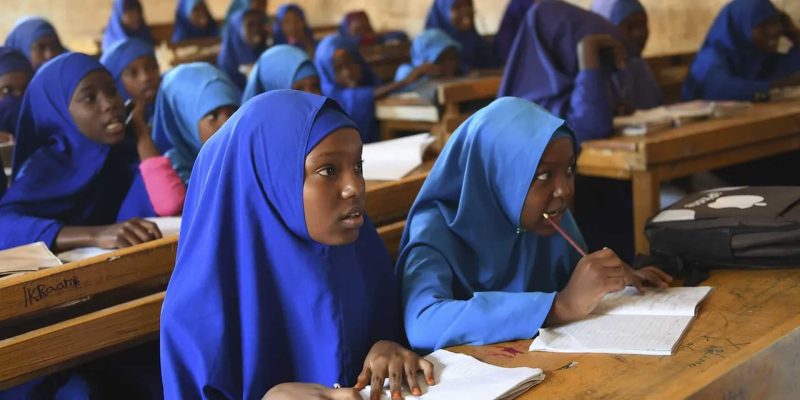

3 min
News
Milly Smith
Promotions
There are millions of childerns of age 05 to 16 are out of school. Majority of these out of school child are from the developing and under developing countries of the world ,They do not receive an education, suggesting that they do not attend formal schooling. Interestingly, compared to boys, a larger percentage of girls are impacted by this educational gap.
Given the variety of factors causing this educational disparity, immediate action is required. There are numerous effects of this neglect, the most significant of which are felt by the larger society. The consequences of such a pervasive lack of education pose a serious threat to the state, underscoring the necessity of coordinated measures to solve this problem and prevent future catastrophes. Having a large number of Out-of-School Children (OOSC) has serious consequences that negatively affect the state overall developmental trajectory. The state potential for growth and success in several areas is hampered and undermined by the sizeable OOSC population. This situation presents a significant obstacle to the state’s overall progress in addition to impeding the affected children’s personal potential and overall well-being. To promote a more equitable and sustainable developmental environment, efforts must be made to address and correct this circumstance. A simple question any state could become a developed state in the given scenario portrayed above?
The Bin Bag to school bag program has been developed to replace the bin-to-school bag i.e. eradication of child Labor by sending the children to schools. BBSB Education Program aims to facilitate a faster and more efficient educational journey, ensuring that children can overcome obstacles and achieve their educational goals promptly. This program is a holistic package tailored to enable the integration of children into the educational system. It facilitates their possible mainstreaming into formal education, opening doors for them to pursue learning continuously throughout their lives. As an alternative, individuals might choose to pursue vocational skills development, which will provide them with the abilities they need to start and run successful businesses or find gainful work.
Momentum has a robust system of M & E, it oversees all the implementation of monitoring and evaluation in the field. It also includes monitoring and quality assessment of the M&E system. Android-based real-time monitoring has been practiced. All the monitoring data has been gathered at the PMU level and the experts analyse it in depth and provide their suggestions for midcourse correction. The monitoring system monitors the proper use of the facilities and services provided, the Teacher’s presence, and the learner’s attendance. Besides, the system also evaluates and assesses the performance, achievements of learners, and quality of learning.
Monthly, quarterly, and end-term reports will be prepared and disseminated to all the stakeholders including the donors regularly.
